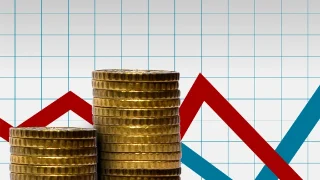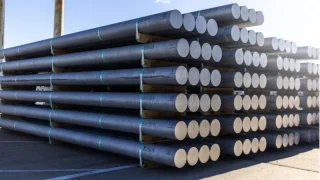
The Australian welfare system—including health, education and handouts—costs more than $250 billion per year. Some of this is redistribution from the relatively rich to the relatively poor.
However, about half of the welfare is pointless ‘churn,’ where the same person both pays taxes and receives welfare benefits.
Some of this churn is ‘cash churn’ where people both pay tax and receive cash from the government. But the bigger problem is ‘services churn’ where middle- and high-income earners pay tax and receive government-subsidised health and schooling services.
By removing middle-class welfare in exchange for income tax cuts, the government could reduce tax and welfare by about $80 billion without leaving anybody worse off.
At first, churn may seem benign. After all, the benefit ends up with the person who paid the tax, so all is well that ends well. But the costs add up. The direct economic costs include administration, compliance and efficiency costs. The non-economic costs include lower self-esteem and individual responsibility, political rent-seeking and lack of transparency.
However, the biggest arguments against churn are the dynamic costs. Put simply, the current welfare system is unsustainable. Within 40 years, the government will need to massively increase tax, drastically cut services, or reform the system.
By keeping the welfare state for low-income earners but cutting welfare and tax for middle- and high-income earners, the government can create a sustainable welfare system as well as reap the economic and non-economic benefits of less churn.
The easiest way to achieve this is to means-test government benefits, including health and school benefits, and to link the means-test to an increase in the income tax free threshold to ensure that no family is worse off. High-income families would then be responsible for paying for their own health and schooling costs, but they would now be able to afford these costs because they would have ‘saved’ thousands in taxes not paid.
There are many areas of government policy that involve difficult trade-offs between competing goals. Political debates rage about whether we should sacrifice some freedom for security or whether we should trade some efficiency for greater equality. But removing churn does not involve any difficult trade-off. Removing the tax-welfare churn for middle- and high-income families produces economic, non-economic, and dynamic benefits while leaving no family worse off.
John Humphreys is a Research Fellow with the Economics Programme at the CIS. He previously worked as a policy analyst for the Commonwealth Treasury and as a consultant for the Centre for International Economics. He is also the Director of the Human Capital Project, a non-profit that provides financing to Cambodian university students.











